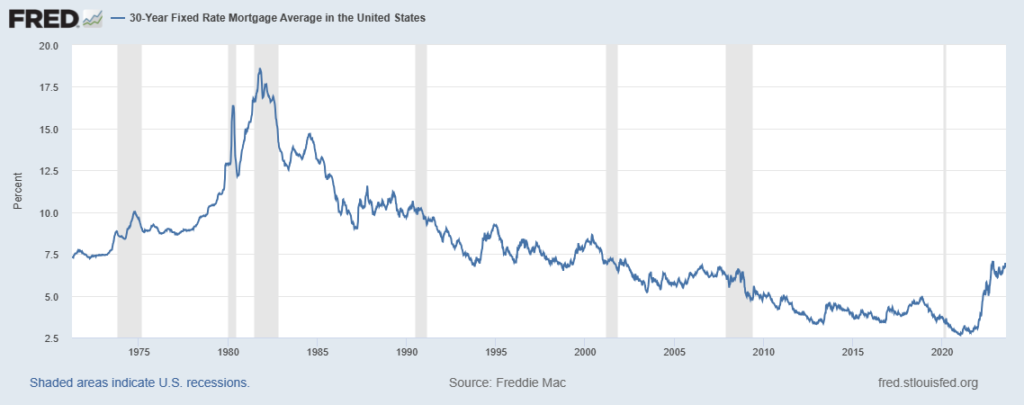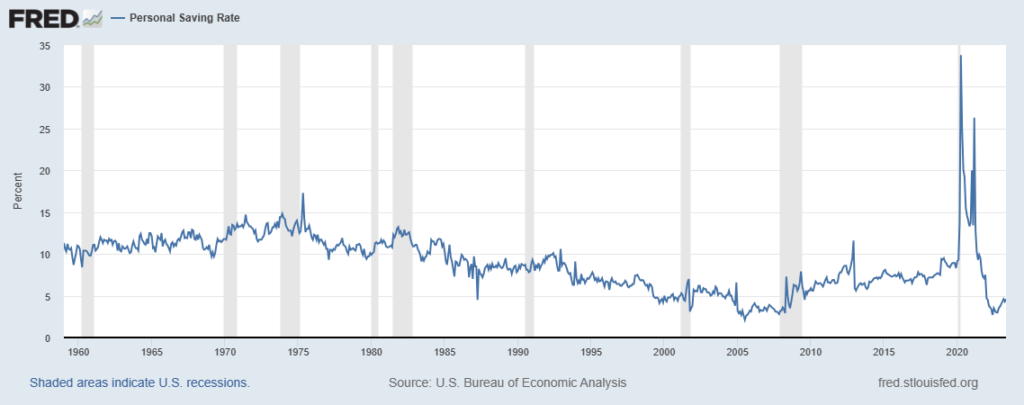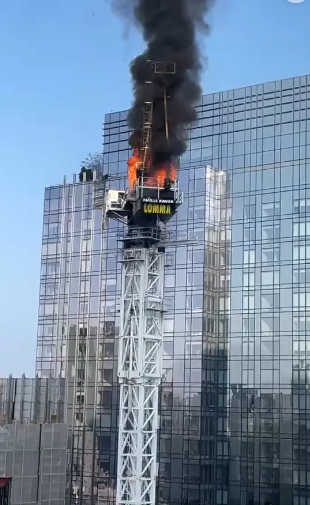Danny Meyer closing two NYC restaurants housed in historic hotel
By Isabel Keane, Desheania Andrews and Emily Crane
August 15, 2023, NY Post
Prominent New York City restaurateur Danny Meyer — who founded Shake Shack — is closing down two of his restaurants after the historic hotel they’re housed in became a migrant shelter.
The Redbury Hotel, a landmark hotel in NoMad, began housing migrants earlier this month amid the city’s ongoing struggle to house more than 57,000 asylum seekers each night. The Union Square Hospitality Group — run by Meyer — has since confirmed that Marta and Maialino (vicino), which are both located in the lobby of the hotel, will have their last service on August 25.
“As tenants of the Redbury, our two restaurants, which occupy the lobby floor, have been eagerly anticipating the hotel’s full post-pandemic reopening. Now, as the Redbury partners with the City to house asylum seekers, it’s become clear that the timeline for that reopening has been extended indefinitely.”
“While we admire and respect the Redbury’s decision, the viability of our business relies significantly on hotel-related F&B operations, including event venues and the lobby bar, spaces that are now unavailable for our use,” added the statement from USHG.
Meyer has previously advocated for expedited work permits for the tens of thousands of migrants pouring into the Big Apple, saying a labor shortage had prevented him from opening Maialino for lunch service.
“We remain fully supportive of the Redbury’s initiative and will continue advocating for policy change that expedites work permits for asylum seekers,” the hospitality group’s statement said.
Maialino, a restaurant and wine bar that previously operated out of the Gramercy Park Hotel, began doing business out of the Redbury last fall as Maialino (vicino) as Eater first reported.Marta and Maialino (vicino), both located inside the historic Redbury, will reportedly have their last service on August 25.Robert Miller
The second restaurant, Marta, a pizzeria, opened in 2014 when the Redbury was the Martha Washington Hotel. The hotel underwent a rebrand when it was bought for $158 million in 2015.
A spokesperson said the hospitality group was actively looking to find new locations for both restaurants, as well as job placements for all employees impacted by the closures.
A waiter working tables at a packed Marta on Tuesday wouldn’t say if he or his coworkers were upset or angry by the closures, instead insisting they were “figuring it out as we go.”The restaurants’ departures comes as the city struggles to house the influx of migrants seeking asylum in the city.
“We’re all eligible to leave or go to another restaurant that our restaurant group owns,” the waiter told The Post. “They own like 19 other restaurants in NYC. So theoretically, it’s a seamless transition.”
The group owns a slew of top restaurants in the city, including Gramercy Tavern and Manhatta.Migrants recently were forced to sleep outside another Manhattan hotel, which had become full.













